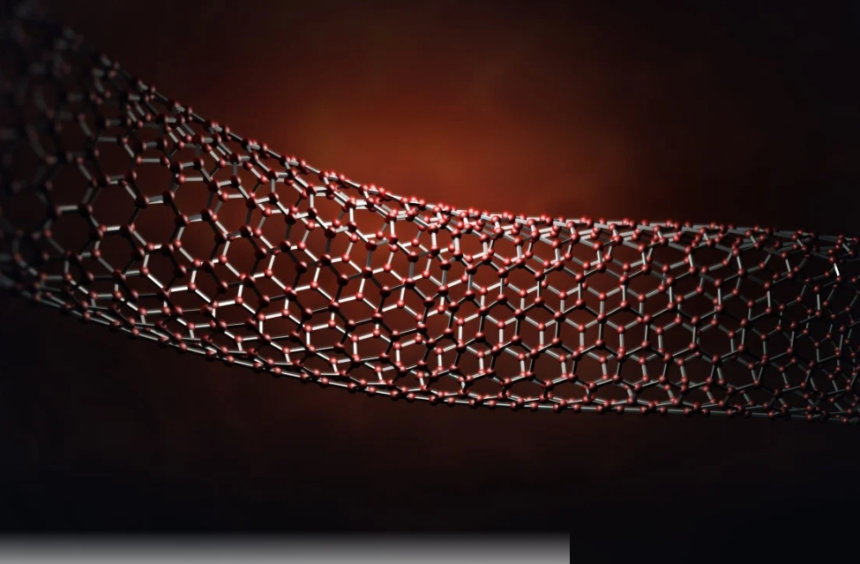Scientists have engineered a groundbreaking light-driven launch system for miniature robots, drawing inspiration from the squirting cucumber plant.
Innovative Design and Mechanism
The researchers designed a soft hydrogel and graphene-based launcher capable of releasing energy in a mere 0.3 milliseconds. This rapid release enables the miniature device to launch from both wet and dry surfaces, propelling it to heights 643 times its own body height. The system’s efficiency makes it a promising tool for a variety of applications, from deep tissue sampling in medicine to smart-seeding in agriculture.
Bionic Inspiration and Functionality
Robotic tasks that require robust propulsion, such as jumping or catapulting, need power-amplification strategies,” said Wang Xin, lead author and doctoral student at CUHK. The study’s findings recently appeared in the peer-reviewed journal Nature Materials.
Traditional methods relying on chemical or elastic energy have limitations, such as insufficient energy storage and complex fabrication processes.
How the Miniature Launcher Works
The miniature launcher operates similarly: when exposed to high-energy light, graphene within the hydrogel heats up, causing the water in the gel to vaporize. The growing vapor pressure leads to the hydrogel expanding and eventually fracturing, launching the device into the air.
Performance and Applications
The disk-shaped launcher, just 7mm in diameter and 3mm thick, can leap over 1.93 meters vertically. The research team, including members from CUHK, Zhejiang University, Harbin Institute of Technology (Shenzhen), and Carnegie Mellon University, reported that the launcher’s performance surpasses all current engineering systems for miniature robots with jumping or launching capabilities.
Potential applications are vast. The launcher could be integrated into medical robots for force-dependent tasks like deep tissue sampling and stent deployment. Additionally, the system could revolutionize agriculture by enabling smart seed robots to plant and track seeds more efficiently. The launcher was even tested on various surfaces, including leaves, bark, and liquids, proving its adaptability.
Future Directions and Possibilities
While the primary focus has been on medical and agricultural uses, the team is exploring potential military applications. However, in-depth research in this direction has not yet been conducted. Consequently, the military potential remains a possibility for future studies.
Interestingly, the system is activated by a near-infrared laser. Additionally, tests have shown that focused sunlight can also trigger the launch. Therefore, this opens up possibilities for solar-powered applications, such as in lunar or space exploration.
Wang emphasized the importance of bionics, drawing inspiration from natural systems that have evolved over billions of years. As a result, bionics addresses complex real-world challenges. Moreover, breakthroughs in bionics like this light-driven launch system could significantly impact multiple fields, bridging nature and technology.

